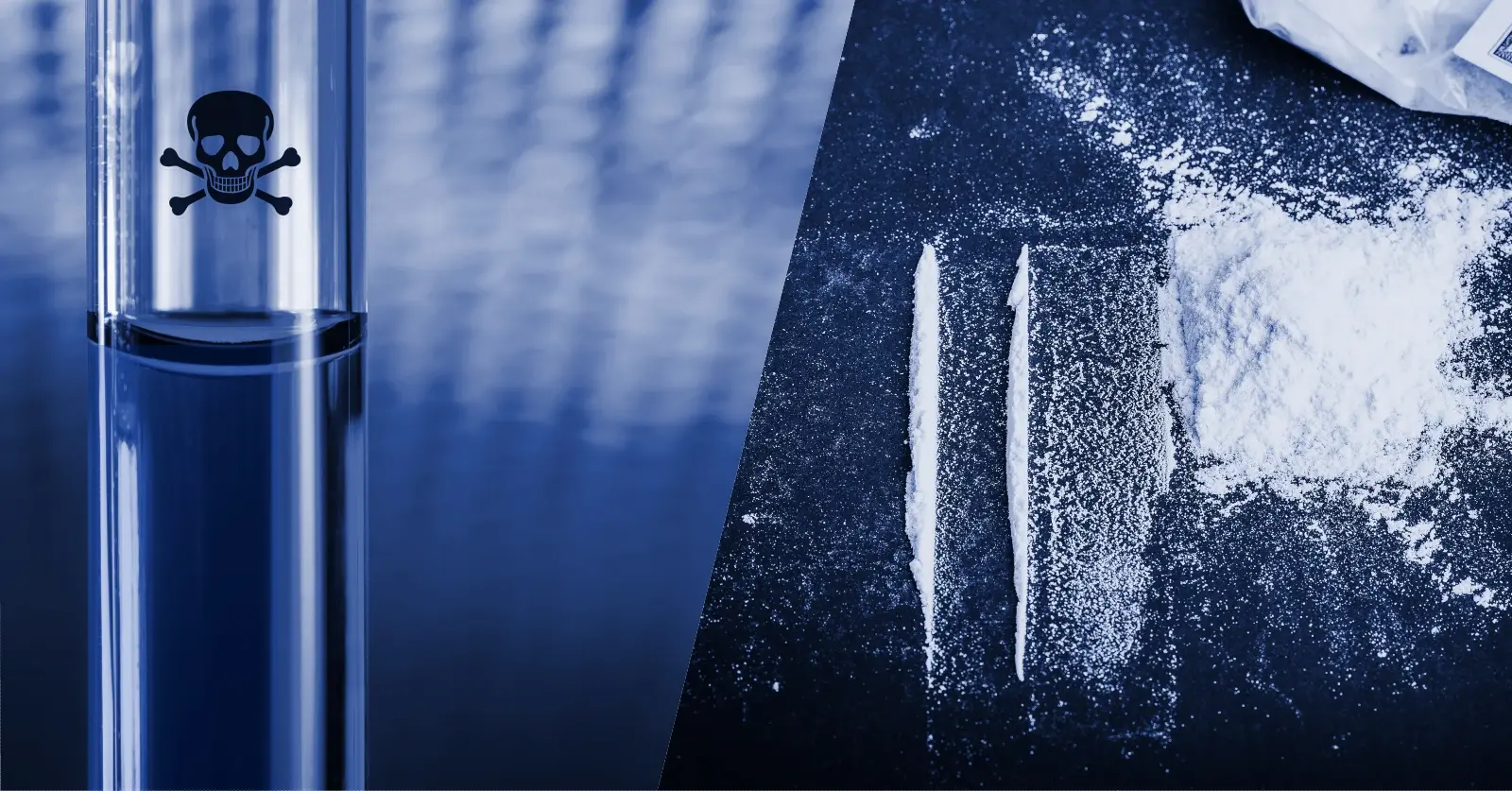$
Chemical Suicides: A Growing Challenge for Public Safety.
Proengin

Over the past two decades, chemical suicides have become a serious public safety concern, with cases increasing across North America and Europe. This category represents a significant percentage of worldwide deaths. It's likely that these statistics are underestimated due to inconsistent reporting or insufficient documentation. Originating from Japan in the early 2000s, this method involves mixing easily accessible chemicals to produce deadly gases, often in confined spaces.
Methods of chemical suicide are continually evolving in response to changes in the accessibility of raw materials and methods. Online platforms extensively disseminate new methods, and numerous chat rooms provide detailed guidance on the use of chemicals.
Understanding Chemical Suicide: Precursors, Products, and Exposure Methods
Historically, organophosphate ingestions were the predominant method of chemical suicides. However, there has been a shift towards using Hydrogen Sulfide (H2S) and Hydrogen Cyanide (HCN) in more recent times. This change is attributed to stricter global regulations on organophosphates and the addition of emetics in many products to reduce accidental ingestions. Other substances used include Phosphine (PH3), Carbon Monoxide (CO), Carbon Dioxide (CO2), Sodium Azide (NaN3), Sodium Nitrite (NaNO2), and inert gases like Helium (He). More globally, the most common exposure methods are by inhalation or ingestion.
Chemical suicides typically occur in confined spaces such as vehicles, bathrooms, hotels, and more. Materials can be present in various forms, such as liquids, gases, and solids, and despite vapor pressure characteristics, often bystanders and first emergency response units have also been affected by toxic gases & vapors that can be released.
Thus, emergency teams must be aware of risks, trained to protect themselves, and educated on warning signs.
Want to learn more?
Take a deeper dive into the topic by watching our full webinar on chemical suicides, their detection, and response strategies.
At Proengin, our advanced detection solutions—like the AP4C—are designed to detect chemical threats, ensuring rapid response and protection for first responders and the public. Due to its ability to monitor for phosphorus, sulfur, nitrogen, and arsenic-containing gases simultaneously, our AP4C is a must-have in emergency teams toolbox.
The Growing Concern Over Chemical Suicide: A Call to Awareness
- Online Accessibility – Instructions on chemical suicides are now widely available, making it easier for individuals to attempt this dangerous method.
- Threat to First Responders – Many police officers, firefighters, and paramedics have suffered severe injuries due to unintentional exposure.
- Public Health & Environmental Risks – Contaminated areas often require hazardous materials (HazMat) decontamination, increasing response time and operational expenses.
Interested in how our solutions can support your mission? Contact our team today. Stay tuned for upcoming blog articles exploring other emerging CBRN threats and how to detect them effectively.
